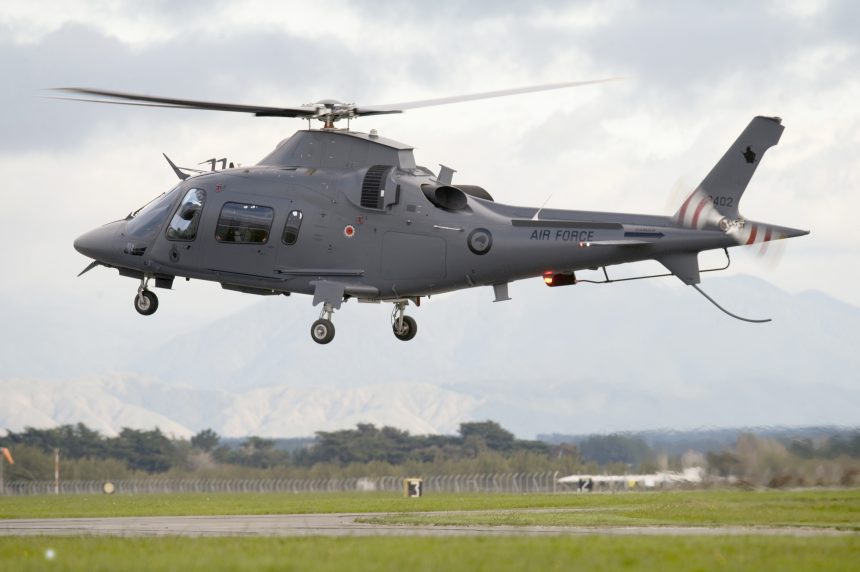A Major Leap in Defense Aviation
New Zealand has unveiled an ambitious defence procurement package of NZ$2.7 billion (about US$1.6 billion) to overhaul its aging military aviation fleet—a move heralded as a “once-in-a-generation” investment. This includes the acquisition of five MH‑60R Seahawk maritime helicopters and two Airbus A321XLR fixed-wing aircraft, replacing long-serving Seasprite helicopters and unreliable Boeing 757s.
Building a Combat-Ready, Reliable Fleet
- Seahawk Helicopters: NZ$2 billion will secure the advanced MH‑60Rs, significantly boosting maritime surveillance and anti-submarine capabilities. These will be sourced directly from the U.S. through the Foreign Military Sales program, expediting delivery.
- Airbus Jets: NZ$700 million will go toward two Airbus A321XLRs, replacing outdated Boeing 757s. Notably, these jets are capable of long-range missions, including emergency return from Antarctica. Acquisition is structured as a six-year lease-to-buy arrangement, with delivery slated for around 2028.
Strategic Rationale Amid Rising Global Tensions
Defence Minister Judith Collins emphasized the urgency of a dependable and combat-capable fleet, noting that “distance no longer provides New Zealand the protection it once did.” The move is part of a broader NZ$9 billion defence investment over four years, aimed at doubling military spending—from just over 1% to 2% of GDP within the next eight years.
Foreign Minister Winston Peters echoed the strategic imperative, citing “rapidly growing global tensions”—particularly threats of foreign interference and espionage—as drivers for the strengthened capability.
Addressing Past Failures and Boosting Readiness
The announcement comes after several high-profile breakdowns of military aircraft, which left prime ministers stranded. Prime Minister Christopher Luxon previously labeled these failures “incredibly embarrassing.” The new Airbus aircraft aim to resolve such operational vulnerabilities, ensuring reliable governmental and defense transport.
Strengthening Alliances and Regional Influence
By acquiring interoperable helicopters and aircraft aligned with partner nations, New Zealand signals deeper alignment with its ANZAC allies and a more assertive regional defence posture. The diplomatic dimension aligns with its broader strategic recalibration in the Indo-Pacific amid heightened geostrategic competition.
What Comes Next
Cabinet is slated to finalize the business case in 2026, while procurement will proceed at “pace”—though new hardware delivery will take several years. This makeover marks a foundational investment, ensuring a modernized, resilient defense force capable of deploying, deterring, and responding to threats for decades ahead.










